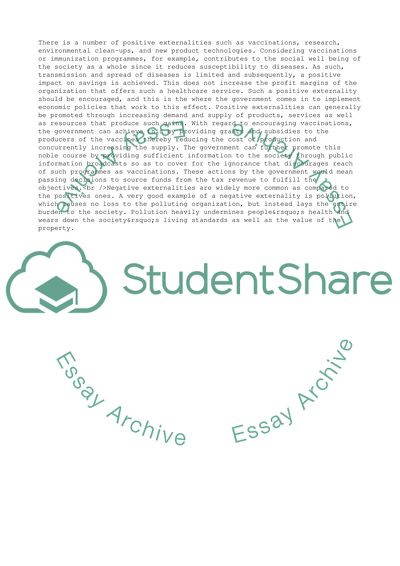Cite this document
(Externality of Public Administration Essay Example | Topics and Well Written Essays - 2250 words, n.d.)
Externality of Public Administration Essay Example | Topics and Well Written Essays - 2250 words. https://studentshare.org/management/1798467-public-administration
Externality of Public Administration Essay Example | Topics and Well Written Essays - 2250 words. https://studentshare.org/management/1798467-public-administration
(Externality of Public Administration Essay Example | Topics and Well Written Essays - 2250 Words)
Externality of Public Administration Essay Example | Topics and Well Written Essays - 2250 Words. https://studentshare.org/management/1798467-public-administration.
Externality of Public Administration Essay Example | Topics and Well Written Essays - 2250 Words. https://studentshare.org/management/1798467-public-administration.
“Externality of Public Administration Essay Example | Topics and Well Written Essays - 2250 Words”. https://studentshare.org/management/1798467-public-administration.


